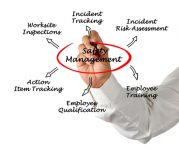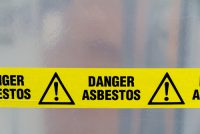On-the-Job Training for Off-the-Job Safety: Part 1
Spring has sprung, so your employees may be dusting off the winter cobwebs and tackling strenuous home tasks, such as spring cleaning and gardening. In today’s Advisor, we give guidance on conducting effective training for off-the-job safety. Would it surprise you to know that fewer workers are injured or killed at work than away from […]










